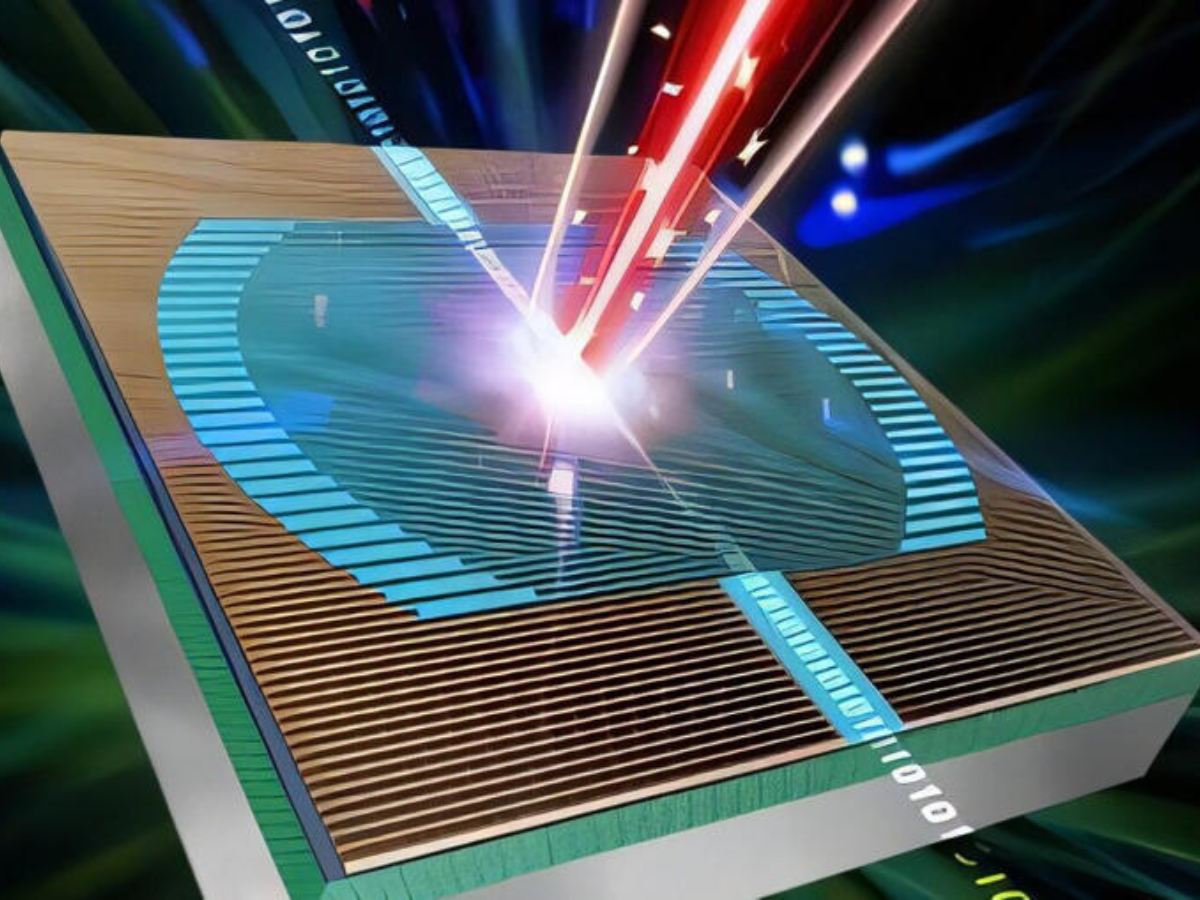

In quantum computing, single photons often serve as carriers of information, which are detected by superconducting nanostrip single-photon detectors (SNSPDs). While traditional type-I superconductors could potentially integrate more seamlessly into existing quantum computing architectures compared to the more commonly used type-II materials, their use in SNSPDs has remained largely unexplored.

Image Source: Hui Zhou
Aluminium offers greater compatibility
However, new research published in Superconductivity marks a breakthrough. Lixing You and colleagues at the Chinese Academy of Sciences in Shanghai, China, have successfully fabricated an SNSPD using thin films of the type-I superconductor aluminium. This pioneering structure demonstrated the ability to detect single photons of visible light with remarkable efficiency.
Aluminium offers greater compatibility with the latest quantum computing architectures than the type-II superconductors more commonly used in SNSPDs. When a superconductor is cooled below its critical temperature—often near absolute zero—its electrical resistance drops to zero. This unique property makes superconducting nanostrips highly effective for detecting extremely low light levels.
"This potential compatibility facilitates the integration of aluminium-SNSPDs into existing quantum computing systems, paving the way for more complex and sophisticated chip-based devices for processing quantum information," stated co-author Hui Zhou.
When a nanostrip absorbs a photon's energy, it briefly heats up locally above its critical temperature, causing a temporary increase in resistance and a corresponding drop in the electrical current. By detecting this current reduction, a quantum computer can register the detection of a photon. The excess heat dissipates quickly, and the nanostrip returns to its superconducting state.
Crucial measure of an SNSPD's efficiency
A crucial measure of an SNSPD's efficiency is its count rate, which indicates the proportion of incoming photons it successfully detects without false detections. While type-II superconductor nanostrips are easier to manufacture and more resilient under various conditions, they have remained the preferred choice for SNSPDs. However, as Zhou points out, type-I superconductors like aluminium offer distinct advantages.
"Compared with type-II materials, thin aluminium films have a lower resistivity, which is expected to improve photon counting rates. If it were possible to develop aluminium-based SNSPDs and integrate them with the current aluminium-based superconducting quantum computing architecture onto a chip, they would be better suited for processing electronic and optical information," added the co-author.
Challenges to address
To address these challenges, You and Zhou's team focused on a distinctive property of aluminium nanostrips: as their thickness decreases, their critical temperature rises. This means less energy is required to cool them, making integrating them into quantum computing architectures easier. Although these ultra-thin type-I strips are less durable and more challenging to fabricate, You and Zhou's team have developed a technique to overcome these obstacles.
"Since thin aluminium films are highly susceptible to oxidation, we grew an aluminium nitride layer on top of them for protection. We also grew a layer of silicon dioxide to prevent the film from being corroded by the alkaline materials used in subsequent steps of the process," explained Zhou.
Additionally, the team took careful measures to prevent the undesirable effect of "latching," where a superconductor becomes permanently resistive after absorbing a photon. By carefully selecting the length of the nanostrips, the researchers were able to stabilize the current during photon absorption, preventing latching from occurring.
This approach enabled the team's nanostrips to detect single photons in the visible light spectrum with near 100% quantum efficiency, a groundbreaking achievement for any type-I superconductor. By refining their fabrication technique further, they now aim to unlock exciting new capabilities in quantum computing.
Responses








